In javascript, When a program is run a execution context is created. There are 2 phases in which its created namely below.
- Creation phase
- Execution phase
What you are referring to in the question is mostly related to the creation phase. In this phase all the variables are declared and initialized to undefined ( incase of var) and for variables with let and const they are declared in the Temporal Dead Zone and are unreachable and only reachable when the code is executed in execution context.
For functions(specifically Function statements and not function expressions) these are taken in as it is in memory and stored. So, when you try to log in the function in console.log it shows the variable in memory. This will be also true for function expression once the execution runs over it(since before its treated like a normal variable and not function). They will be showed as it will now be pointing to the function directly assigned to that variable. Also, You need to understand function in Javascript are first-class functions meaning it can be passed and treated like a normal variable (containing a number) and so.
